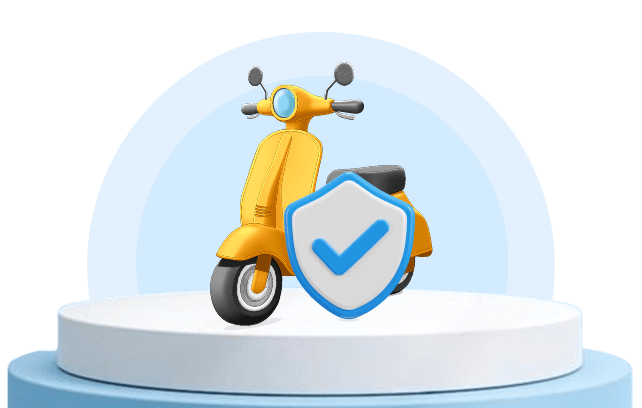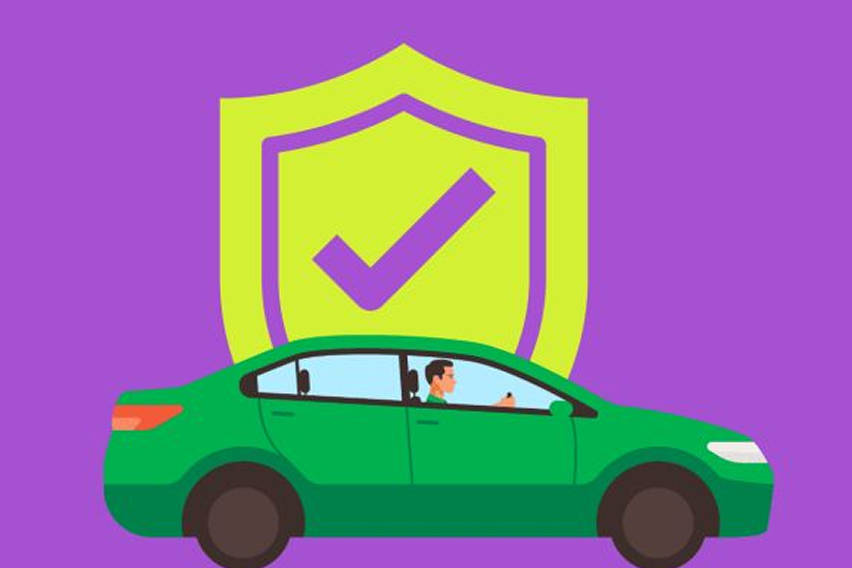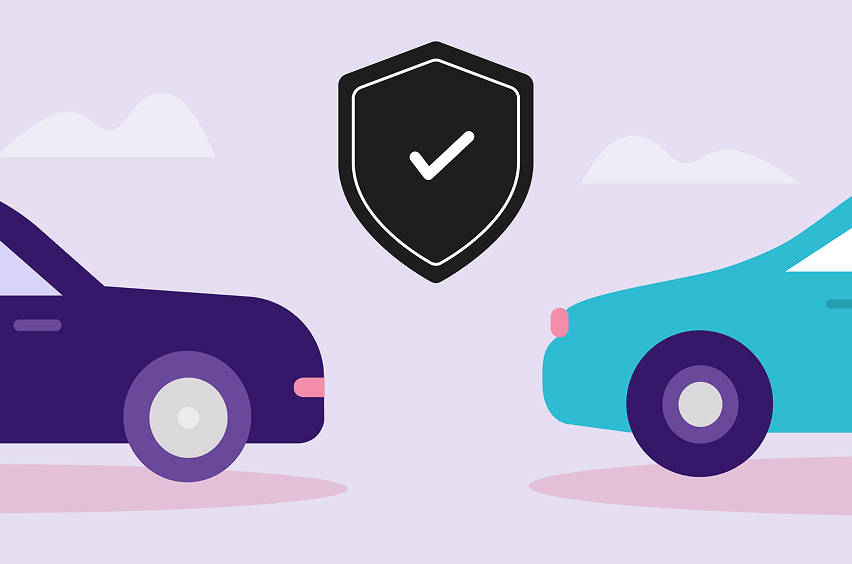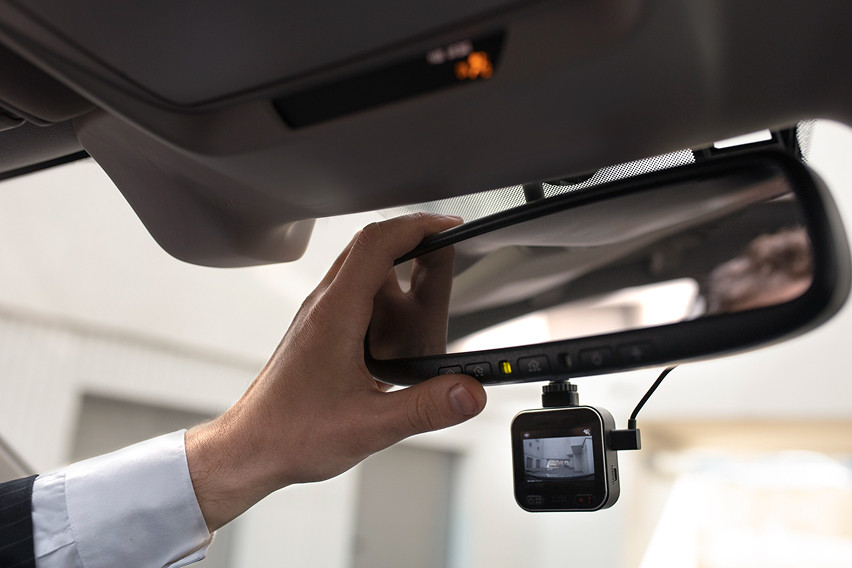
Over the past few years, electric vehicles have gained significant popularity in the Asian market, and Filipinos are not far behind in adapting to this new, futuristic mode of transportation.
A while back, there were only a few EV options available (and they were also expensive), and now we see the market flooded with budget EVs from mass-market brands, making sustainable driving a reality. All thanks to the rising fuel prices and government incentives & initiatives, more and more Filipinos are making EVs their next purchase.
However, this new emerging automotive market has given birth to many supporting businesses, one of which is EV insurance. In this article, we’ll be discussing EV ownership and insurance in the Philippines. Thus, giving you a deep dive into the world of driving electric and how to stay protected via insurance.
So, let’s begin.
EV ownership in the Philippines
Almost all major urban cities in the Philippines, including Metro Manila, Davao, and Cebu, are seeing an increasing number of EVs hitting the road. The capital leads the EV adaptation race, thanks to better charging infrastructure and road network.
Furthermore, on any given day, one can easily spot hybrid cars, battery-powered SUVs, and e-jeepneys running across provinces like Laguna and Pampanga, which are benefiting from local policies that encourage electric mobility.
Government support for EV ownership
The Philippine government is making significant efforts to make EV ownership financially viable and attractive for Filipinos. For instance, the Electric Vehicle Development Act (EVDA) necessitates zero import duties & reserved parking spaces for EVs, along with mandatory charging stations in buildings.
With this increase in EV usage comes a rising demand for specialised insurance tailored to the unique needs of these eco-friendly machines. Read along, as we’ll soon discuss this in detail.
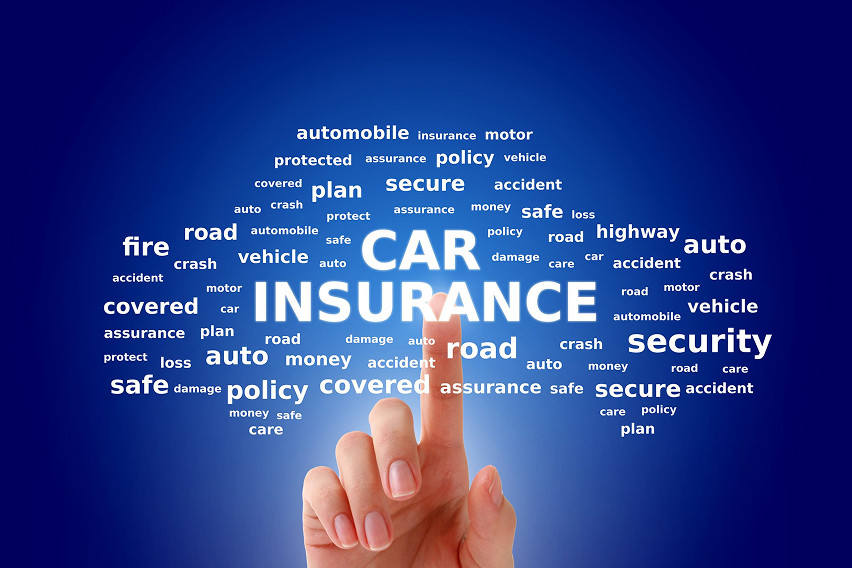 Photo from Shutterstock
Photo from ShutterstockEV insurance - An overview
What is EV insurance? It is a specialised type of motor vehicle insurance that is designed to cover the distinct risks and repair needs of an electric vehicle. In addition to the general car requirement, EV insurance provides protection against damage to charging equipment, battery degradation, and software malfunctions.
Traditional car & EV insurance
By traditional car, we mean the ones with internal combustion engines (ICE) and powered by fuel. Now, compared to ICE vehicles, EVs have a more complicated build and therefore are expensive to repair. They carry several high-tech components, including digital control systems and lithium batteries. This core difference affects the structure and pricing of the EV insurance policy.
For a detailed comparison between EV and ICE car insurance, check out the table below -
|
Parameters |
EV Insurance |
ICE Insurance |
|
Premium cost |
Mostly more expensive than ICE car insurance, due to the battery pack, and the limited trained EV repair specialists. |
Often cheaper and more predictable, all thanks to a well-established repair setup and readily available parts and mechanics. |
|
Coverage |
|
|
|
Repair cost |
Generally high, due to advanced electronic systems, sensors, and limited service centres. |
Affordable and quick, thanks to abundant repair shops and mechanics. |
|
Risk profile |
|
|
EV insurance premium? The issue with EV insurance premiums is that some argue they should be lower because these vehicles have fewer moving parts, resulting in a lower frequency of repair work. On the other hand, some say that it should be high, due to the expensive nature of EV parts and the limited number of mechanics trained to work on them. Continue reading, as we will discuss EV insurance and its cost in the Philippines further.
EV insurance cost
By 2025, EVs and insurance coverage around them have been present for a few years now, and therefore, we see a little stabilisation in policy prices. However, the EV insurance market is still evolving, and the prices vary widely. The cost is primarily based on several factors, including model, battery size, driver’s profile, and coverage requirements.
Furthermore, the cost of EV insurance is also triggered by the following -
- Battery replacement: It is considered one of the most significant factors driving the cost.
- Labour: Well-trained EV mechanics are still scarce in the country, thus adding to the cost.
- Parts availability: Limited availability of EV parts often drives up the cost.
EV insurance coverage
Similar to ICE cars, electric cars in the Philippines are required to have adequate coverage that protects them financially against accidents, theft, third-party liability, natural disasters, unexpected repairs, etc. Further, given the unique composition of EVs - charging system, electric motor, and lithium batteries, the insurers are constantly evolving the coverage offerings to meet EVs' specialised needs.
Let us now check out some of the common EV insurance coverage available to Filipinos -
Compulsory Third-Party Liability (CTPL) insurance
All cars in the Philippines, whether ICE or EV, are required to have third-party liability insurance. This is a legal requirement, and a vehicle owner cannot do without it, as it is even required by the LTO for the vehicle registration process.
What is covered? Third-party injury or death caused by the insured vehicle.
Note that CTPL insurance is insufficient for an EV owner, as it will not protect your beloved car, especially given its high price and the cost of repairs.
Comprehensive insurance
After CTPL, comprehensive insurance is the most recommended and widely picked policy for EVs. It is opted for the wide range of coverage offered beyond accidents.
What does it cover? It offers financial protection against theft, vandalism, fire, explosion, flood, Acts of God, damage to property, and collision.
Note that for EVs, comprehensive insurance is often considered the base level; therefore, consider adding an add-on to meet specific requirements.
Acts of God coverage
This is optional coverage, but it is highly recommended for EV owners, given the country's high frequency of natural disasters.
What is covered? This particular coverage provides protection for the car against earthquakes, volcanic eruptions, floods, typhoons, landslides, and other natural disasters.
Note, this particular coverage is highly recommended for EV owners living in or driving to flood-prone areas. When exposed to moisture and/or water, the battery electric drive system can get damaged due to a short circuit.
Theft and vandalism coverage
Electric vehicles, especially high-end or imported models, are often attractive targets for theft due to their high-value components. This coverage will provide protection against any malicious activity that damages the EV.
What does it cover? This coverage provides protection against theft of the entire vehicle and its components, damage caused by a break-in attempt, and vandalism to the EV's exterior or charging port.
Some insurance providers even allow policyholders to file separate claims for EV parts that have been stolen. This provision is useful if your home charger or cable gets stolen.
Personal accident insurance
In the event of an accident, this coverage will provide protection against most associated costs, including medical and hospital bills, disability, and death benefits for the driver and passengers.
Experts consider this coverage a wise investment, particularly given the country's rising medical costs.
Battery coverage
In an EV, the battery is considered one of the most expensive components. Therefore, insurance companies these days offer dedicated coverage for it, which provides protection against theft, manufacturing defects, short circuits, and accidental damage, among other risks.
Charger and charging equipment insurance
Some insurance providers offer protection for the home EV charger and the portable charging cables.
Note that these components are relatively expensive to replace and are typically excluded from basic insurance policies, so adding this coverage to the plan is recommended.
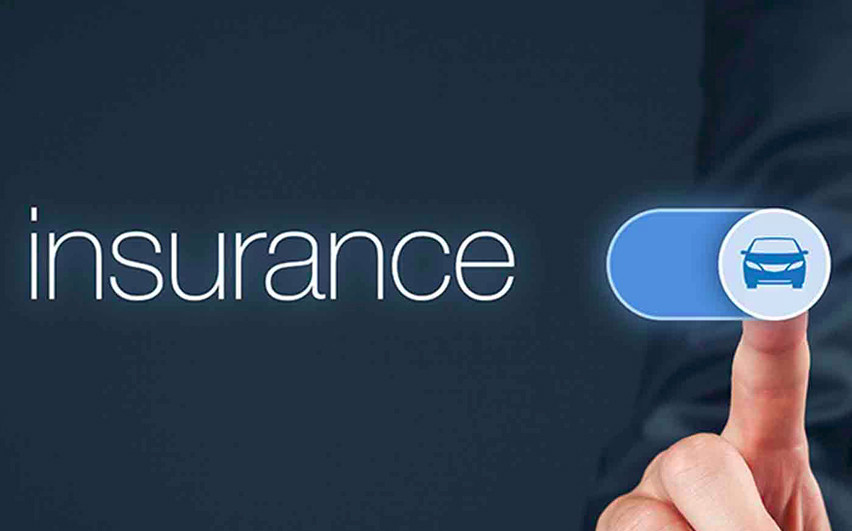 Photo from Freepik
Photo from FreepikEV providers in the Philippines
Here are some of the leading insurance companies offering EV coverage -
- Malayan Insurance
- Standard Insurance
- SGI Philippines
- Oona Insurance
- BPI MS Insurance
- The Mercantile Insurance Corporation
- FPG Insurance
EV insurance - Challenges faced & essential tips to overcome
As an owner of an EV, there are several challenges to face in terms of insurance, including a lack of trained EV adjusters, limited insurers offering tailored policies, and limited awareness of EV-specific risks, among others.
While all problems cannot be tackled 100%, here are a few tips and tricks that you can adopt to make your life easier and hassle-free as an EV policyholder.
Look for an EV insurance provider that offers battery protection, charger and charging infrastructure coverage, and 24/7 claims and towing services.
Reduce your EV insurance premium by installing anti-theft devices in your EV, using only certified EV charging equipment, comparing quotes, and taking defensive driving courses.
Bottom line
Electric vehicles are in high demand these days, and Filipinos are not afraid to incorporate them into their lives. Now that EVs are entering the mainstream auto market, the insurance surrounding them has also evolved to meet their specific needs. The insurance companies have quickly adapted to this new, growing demand; however, EV insurance in the country still has room for improvement. Suppose you are considering switching to an EV or are already driving one. In that case, this is the perfect opportunity to understand EV insurance options, rates, and get protection that suits your futuristic driving choice.
FAQs
Q1. Is it mandatory to get EV insurance?
Ans. Yes. In the Philippines, every motor vehicle, whether ICE or EV, needs to have at least a CTPL insurance policy.
Q2. Does the EV insurance policy cover the replacement of the battery?
Ans. It depends on the insurer and the insurance policy. If battery protection is part of the policy, your EV will be eligible for replacement.
Q3. Are EVs expensive to insure compared to ICE cars?
Ans. While it depends on the model you are dealing with, if the two are in the same segment and price range, EV insurance will cost more.
Q4. Is it possible to transfer my old car insurance policy to the new EV?
Ans. Not at all, as EVs require a specific, tailored insurance policy that suits their risk factors.
Q5. Are hybrid cars covered under EV insurance?
Ans. Not necessary. Some insurers offer a separate policy for hybrid cars; however, the coverage is somewhat similar to that of EVs.
Q6. Does EV insurance include roadside assistance?
Ans. It depends on the insurance policy; sometimes roadside assistance is a standard feature, other times it’s an add-on.
Q7. Does EV insurance include Acts of God coverage, and is flooding a part of it?
Ans. Yes, some insurers include it under a comprehensive insurance package, while others offer it as a separate add-on. Regarding flooding, you will need to obtain confirmation from the insurer.
Q8. Can I get a discount for installing a home charger?
Ans. Some insurers offer discounts for having a secure home charging setup.
Q9. Is it possible to insure used or imported EVs in the Philippines?
Ans. Yes, you can insure second-hand or imported EV models; however, you may need to undergo an inspection and fulfil additional requirements compared to a standard EV.
Q10. What documents are required for EV insurance?
Ans. You require the following documents for EV insurance: vehicle OR/CR, driver’s license, and car details. Additionally, any required documents as specified by the insurance provider.
Also Read: Total loss for car owners: A guide to insurance claims & settlements

